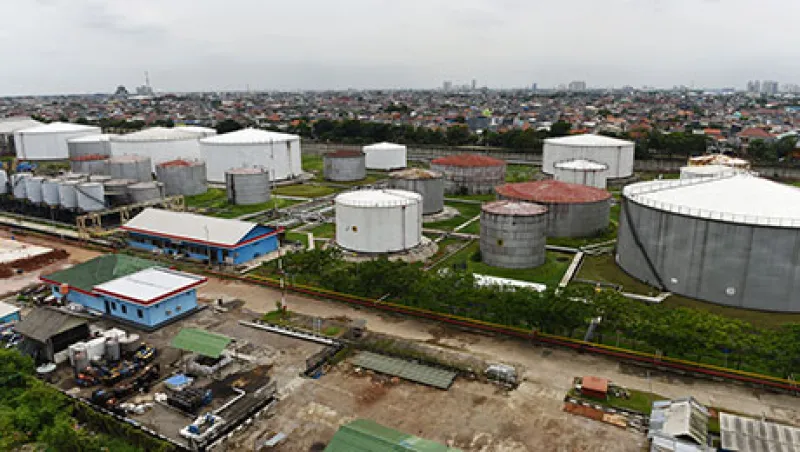
Rising Oil Prices Pose a Threat to Energy Subsidy Reforms
Many countries have reduced fuel subsidies as part of economic reform packages, but crude’s rebound risks a reversal in this policy trend.
Georgina Hurst
June 15, 2015


